The howl of a four-cylinder engine at 15,000+revs between your legs is an experience you’re not likely to forget, and it’s one you’re only ever likely to experience riding a 600cc Supersport on a racetrack – the natural home of the new Yamaha YZF-R6.
It’s action aplenty when the tacho needle sweeps past 12 and heads toward the redline north of 16,000rpm, with 24 valves, four cylinders, two cams and one crank spinning at such eye-watering speeds, sucking-in the required oxygen at such a rate to create a raucous intake howl, which sometimes overpowers the mechanical whine… but both are occasionally put to shame by the barking race exhaust. Well, if you’re got one… the stock system is a bit boring. I blame Euro4, but more on that later…
The R6, like all supersports, are bought by track day riders – racers and ride-day types – road-sports riders and ‘hot’ people who, well, like hot sportsbikes. For racing and track days, I get it – a supersport is an obvious choice, it really just comes down to capacity, cost and personal preference.
I also understand the last group, people who want one, because they want one. I owned a Ducati 851 for the better part of a decade and rode it maybe once a year on average. It didn’t matter, I just loved owning that bike – the style, the history, the sound and the feel. They all came together in that machine.
It’s kinda been replaced by the FZ6 race bike I’m fixing after it blew an engine at a ride day. The FZ6 has upgraded suspension (Öhlins), is easier to work on, easier to get parts for and everything costs a whole lot less. The fact it’s a naked machine probably made it cheaper than had it been a more conventional supersport. Whichever way you add it up, having an FZ6 to test tyres, brake pads and anything else the industry wants to throw at it makes a lot more sense than trying to do the same with a 25-year-old, eight-valve Ducati.
Riding a supersport on the road says more about your style than it does about your speed these days. When I was young we loved the latest and greatest sports bikes, because they really were leaps and bounds ahead of the wobbly-framed machines from the past, but in recent years the chassis, suspension and engines of the naked and retro machines are going close to being a match for sportsbikes… at least they are on a public road. On the track things are different, but on a public road an MT-10 is often a match for an R1, an MT-09 a match for an R6. You choose a supersport because you want one, whether you ride it on the track or not.
And since the GFC the popularity of the sportsbike – especially the 600cc class – has been in steep decline. The R6 is the first new one (and its motor isn’t even new) for a good five years or so – maybe more, depending on how you count various updates. By now you would have heard Honda and Triumph are abandoning the class while the Suzuki and Kawasaki are getting very long in the tooth.
Yamaha wants to have you as a customer for life, so it’s keen to offer a sports bike for each class of rider, from the 150cc R15 to the 300cc R3, 600cc R6 and 1000cc R1. And after around seven years since the last big update, I hope the new R6 succeeds, because it is a lot of fun.
A little bit of history
The first R6 was on the cover of the first issue of Cycle Torque, ridden by Tim Sanford, just under 18 years ago. It had followed the R1 into production, a crazy sportsbike which was way too much motorcycle for many of the people who bought it, with too much power, a major tendency to wheelie and not the most stable of steering heads – but for the time it was great, if you could tame the beast.
The R6 was a sportsbike for the masses. Still with lots of power (120bhp at 13,000rpm) but without the tendency to throw you over the high-side quite so easily (although I still managed that feat at Phillip Island. Don’t get the impression it was somehow docile).
Updates came every few years, the bike getting fuel injection, upside down forks, weight reductions, a magnesium subframe, batter brakes and more midrange power… and Yamaha consistently had one of the best supersport machines you could buy.
It was a race-winning success, of course, being ridden to championships in Australia by the likes of Kev Curtain, Jamie Stauffer and Jason O’Halloran in the old days, while younger blokes like Aaron Morris and Callum Spriggs are doing the business these days.
Kev Curtain nearly claimed a World Supersport Title on an R6, but suffered a flat tyre to miss out on points in the last round of 2006 to be bridesmaid again after finishing the second to the same man, Sebastian Charpentier, the previous year.
Lucas Mahias won the world title this year on an R6.
Why the demise of Supersport?
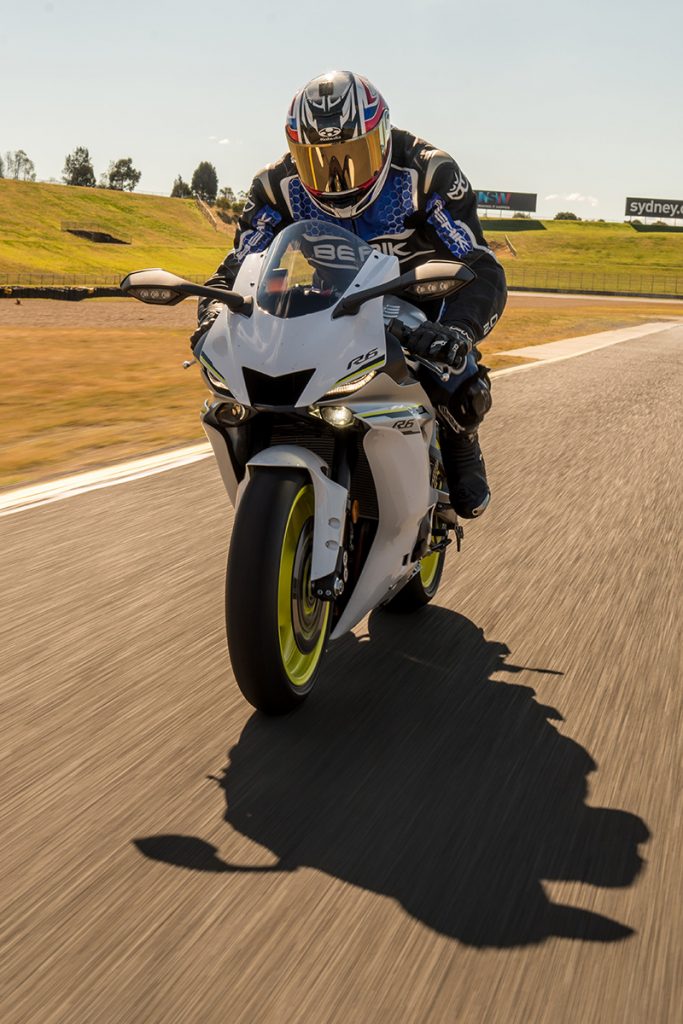 Back in the dim, dark ages, Powers That Be decided learners should ride little bikes, and restricted all us Boy Racers (yes, I was one) to 250cc machines. Turned out to be a stupid idea, all the hotshots (yes, I was one) went out and bought lightweight, powerful, difficult to control two-stroke twins and proceeded to crash our brains out.
Back in the dim, dark ages, Powers That Be decided learners should ride little bikes, and restricted all us Boy Racers (yes, I was one) to 250cc machines. Turned out to be a stupid idea, all the hotshots (yes, I was one) went out and bought lightweight, powerful, difficult to control two-stroke twins and proceeded to crash our brains out.
I’d really like to have an RD/RZ 250/350 in the shed again, but it’s been a long time since I’ve ridden one…
Where was I? Oh yeah, learner bikes… it turns out that in the 1990s and first decade of the 2000s Americans believed a 600cc Japanese supersport was a pretty good learner bike. When they were 60 horsepower XJ600s that sorta made sense, but the racetrack refugees which appeared toward the end of the 1990s? Not so much.
Anyway, not a problem for Australia, they weren’t legal for learners even after we dumped the 250 law and went to the learner-approved scheme, because the power-to-weight was way out of the scope for compliance. No one even tried.
But once the GFC hit, Americans stopped buying bikes, and they certainly stopped buying Japanese 600s. Insurance and finance for the little rocket ships was harder and harder to get and then Yamaha introduced the MT-09, which was cheap, fast, modern and a better road bike, and according to Yamaha Motor Europe it’s proving to sell very well…
It seems like people have realised a supersport isn’t the most practical road bike. But that’s why we love them…
For the sports bike lover – the 2017 updates
There’s a huge list updates Yamaha has made to the 2017 model, but at its core the company has wanted to bring the spec up to that of the R1… maybe not in every respect – that would put the price to close to the bigger bike – but in most areas.
The styling, suspension, mirrors, bodywork, wheels, rear brake, tank, indicators, taillight… all from the R1 or based on the R1’s components.
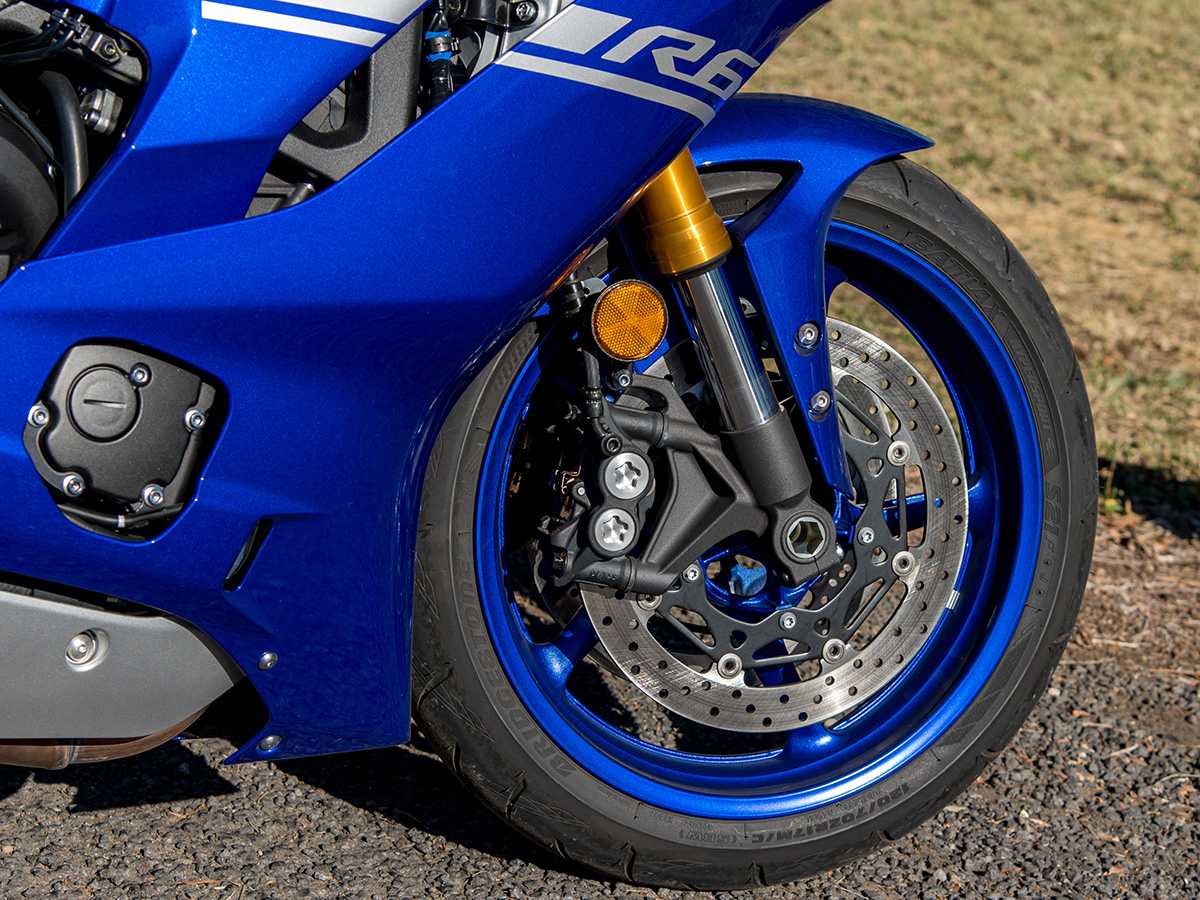
More important are the updated electronics. Now we have a 600cc supersport with three power modes, seven stage traction control, quickshifter and ABS.
Unfortunately we also have a two-stage catalytic converter to comply with Euro4 emission requirements… so getting a decent system (Yamaha is offering an Akrapovic race system) onto the bike will make it lighter, more responsive and sound much, much better.
I reckon the exhaust system – and a lack of updates to the power plant itself – is why peak power is actually down a bhp on the outgoing model. Despite this the bike is still blisteringly fast, proving you don’t need 200 horsepower to make good lap times or hard acceleration.
The changes begin with the styling. The lines, colours and shape are distinctive Yamaha R-series, it’s evolutionary rather than revolutionary. The riding position is track-focussed, the seat padding is thin, the footpads high and the handlebars low – just where they should be folks. If you don’t want a racer’s crunch, don’t buy one…
I was surprised at how roomy the R6 felt. I can ride Yamaha’s smaller sportsbikes – the R15 and R3 – but they feel small, cramped for my 185cm overweight body. The R6, however, is a full-sized sports bike, and I found it didn’t jam me into the tank or try to shove my ankles up my arse. That doesn’t mean I fit into the bike well – they are designed for jockeys who are shorter and lighter than me – but I was surprised at how well I did fit.
But I don’t think the drag co-efficient of the bike and rider, as I headed down the straight, was what Yamaha engineers had hoped for at the design stage. Racers try to get their helmet behind the bubble for top speed, I’d have to sit up on the tiny pillion perch to do that.
Me, I’d buy a big double-bubble screen if I was riding an R6 on a track even occasionally.
Yamaha describes the new forks as ‘R1 based’. That means they aren’t the same, but they look the same… and are very good. One thing which really does separate the modern Supersport from most other bikes is the quality of the suspension, and I thought the R6’s suspenders looked great. The rear shock has been tweaked to match the new forks and while I played with he clickers a little and increased the preload to compensate for my love of alcohol and thickshakes (sometimes in the same cup), the R6 handled great.
The steering is sharp, the stability well north of 200km/h excellent… if I had to find a criticism I suppose it would be vagueness hard braking into turns (there is heaps of power from the larger for 2017 discs and R1—type brakes) which might be the standard tyres, and could well disappear with the addition of slicks. Or maybe stiffer forks springs, or maybe more pressure in the tyres, or maybe dropping the forks through the triple clamps a touch…. That’s part of the problem with Supersport machines, there are so many settings and different hardware components which can be tweaked, it’s difficult, in the confines of a single day to nail down and concerns you might have, let along diagnose and fix those problems.
What I can tell you, without hesitation, is this new R6 will make average riders look good and good riders look fast.
And unlike any other 600 Supersport I can think of, it’s got the electronic safety kit we’ve previously only seen on open-class machines.
Some massive slides on big sports bikes many years ago actually put me off riding the things for a while – although ironically the only big track crash I’ve had – the highside I mentioned earlier – was on an R6. But that was caused by fatigue: I’d been on the track too long and made a rookie error (too much throttle too early).
For the generation learning to go fast on this model R6, traction control is there, and if it’s dialled-in correctly it will save you from the mistake I made. There’s six levels of TC and you can switch it off, too. I didn’t switch it off, I didn’t really feel it activate and I didn’t attempt to break the lap record – and I didn’t crash, either.
I’m still not convinced about ABS on track bikes, but I didn’t activate it and the three power modes… yeah, I used the sharpest, most aggressive full-power map… because that’s what you should do on a racetrack.
There’s a quickshifter too, so banging up through the gears requires slightly less concentration and is a touch quicker. Another feature which makes the new R6 that bit more fun.
And bang through the gears you will, because peak power is at 14,500, less than 2000rpm away from redline. There is some power and torque below 10,000rpm, but not enough to make decent progress on a racetrack. I was trying to keep the revs between 12,000 and redline, which can be a bit of challenge, but the reward is an awesome howl and instant throttle response.
Making life a bit easier was the slipper clutch, allowing me to bang the ’box down a few cogs into slower turns without worrying too much about the back end stepping out when the clutch lever was released.
The engine itself is a technological marvel, although it’s nothing unusual these days. Titanium valves, forged pistons, a 13:1 compression ration (run premium folks!) magnesium head and covers; and ride-by-wire throttle.
The chassis is an Aluminium Deltabox and there’s a big aluminium swingarm, too.
When you belt down the straight at Sydney Motosport Park your view is dominated by the instruments just centimetres away from your helmet’s chin piece. The big shift timing light is the most obvious feature when you’re pushing toward 240km/h, by which time you’re thinking about slowing for the fast turn one.
Along the way you’ve seen the tacho needle arching its way across a large single-dial on the instruments.
The other info is digital – gear indicator, warning lights, fuel consumption, modes, clocks, stopwatch… all the fruit we expect these days.
On the road
We were offered a road ride on the R6, but I declined. The group that went were back remarkably quickly, having been smashed with rain on the freeway which dropped visibility to near zero. It’s tough enough riding in those conditions and you’re not going to learn much about an R6. I was pleased I’d decided to give that ride a miss.
Modern sportsbikes are fine on public roads – if that’s what you want. They won’t overheat, break down and won’t care if you’re riding 60km/h. But they aren’t comfortable or easy to ride in traffic either. Nor are they easy to add luggage or a passenger and they aren’t particularly manoeuvrable.
I think you’re better off riding something else on the street, keeping a supersport as a trackbike, but obviously that’s not affordable on many levels for many people. I suppose what I’m trying to say is the R6 can be your only bike, but like many pieces of specialist equipment, it only really shows its true reason for existence when pushed to high revs at extreme lean angles… and then it’s simply incredible.
The value
For $17,499 you can have a 2017 R6 in Blue, Black or the oddball, yet interesting ‘Intensity White/Matt Silver’, complete with day-glo rims. Couldn’t work out if I loved that one or hated it.
For that sort of money you’re saving thousands on an open-class machine which could be put to good use on advanced rider training, ride days fees, a racing licence or lots and lots of tyres. And the same person on an R6 with a few track-based training days will be smoother, more confident and a lot faster than the same person on a bigger bike without that training.
And the nature of the 600, with its high-revving engine and relatively narrow power band make you work a bit harder for the rush, making you a better rider.
I totally get why people are leaning more toward the open-class sports bikes these days, but the new R6 takes away a few of those arguments – here we have the technology, performance and style to really kick arse.




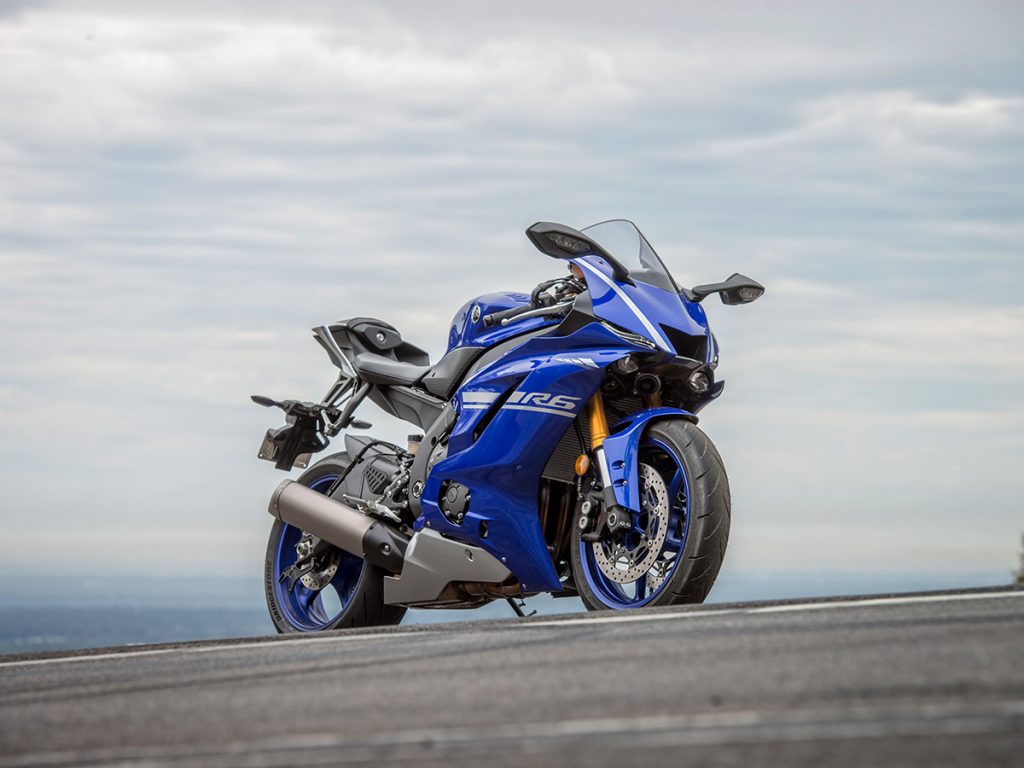
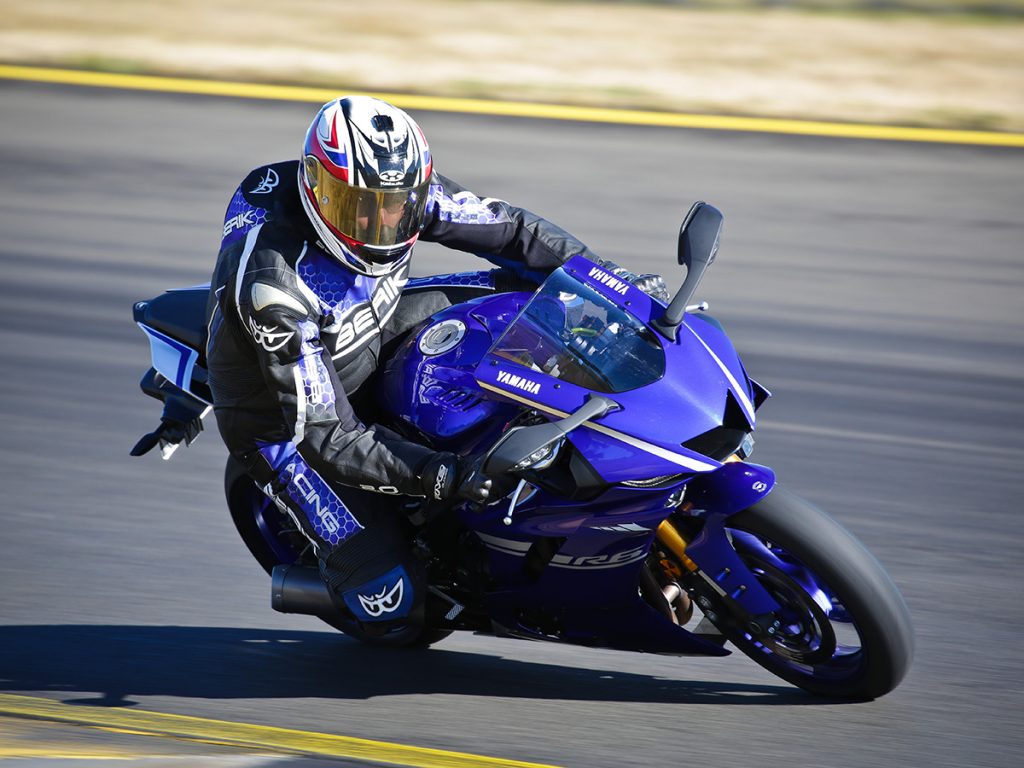

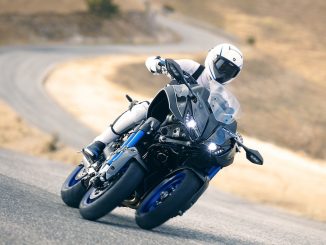
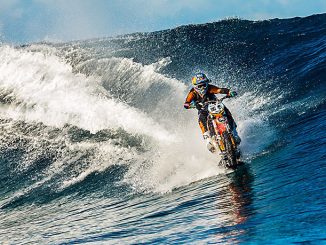
Be the first to comment